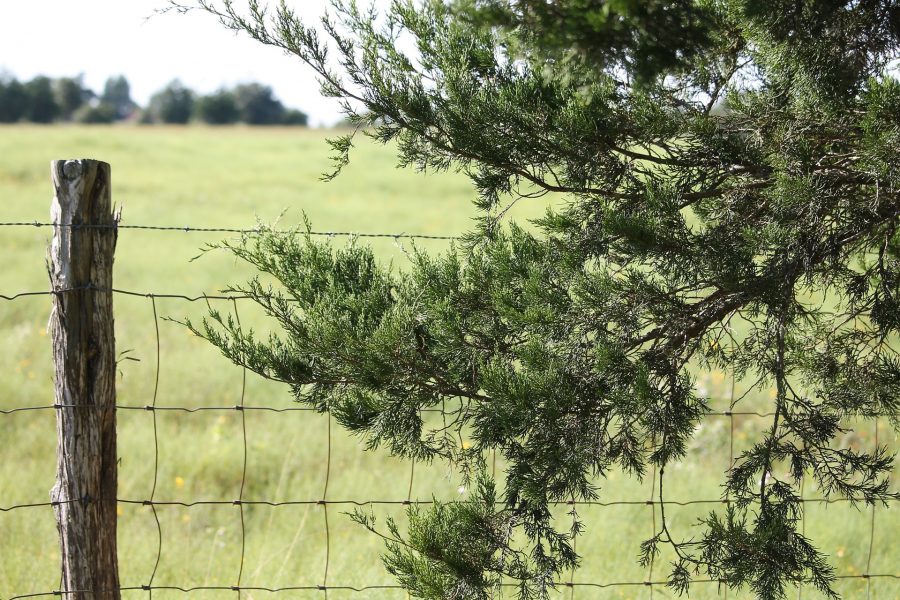According to The Asthma and Allergy Foundation of America, San Antonio is ranked 22nd (formerly ranked 18th) on the list of cities most troublesome to live in with spring allergies.
Perhaps this explains all the coughs and sniffs resounding throughout campus. The study conducted evaluates cities based on the average pollen score and medicine usage coupled with allergist availability per patient.
Although San Antonio scored fairly average for medicine use and number of allergists, it does have a more severe pollen score (70.30) than other cities, and the city’s unique weather patterns could be the cause.
San Antonio winters are milder than many other cities, so it allows for plants to pollinate sooner, namely mountain cedar, which helps welcome the allergy season earlier than usual.
Warmer, nicer weather creates the perfect conditions for the growth of tree leaves, grass and other plants.
Senior political science major Jesus Nieves stated that his allergies happen to be worse around springtime and that he usually experiences a “runny nose, headaches and occasional drowsiness.”
Nieves is not alone, amongst his complications the most common symptoms include itchy eyes, sneezing, stuffy nose or congestion and scratchy or sore throat.
Sophomore communication major Audrey Hamilton expressed that pollen aggravates her allergies, “It’s mostly the trees here at UTSA that make my allergies act up badly. I can’t smell or breathe out of my nose a lot of the time.”
Hamilton said the best form of relief for her comes from nasal sprays, which are well known for their effectiveness in treating allergy symptoms.
Some of the best preventative measures include paying attention to health weather forecasts like accuweather.com and taking prescribed or over-the-counter medications before the onset of high-risk allergy days, using the A/C rather than opening windows and keeping clean at all times—meaning washing your hands and face frequently as you alternate between indoors and outdoors.







